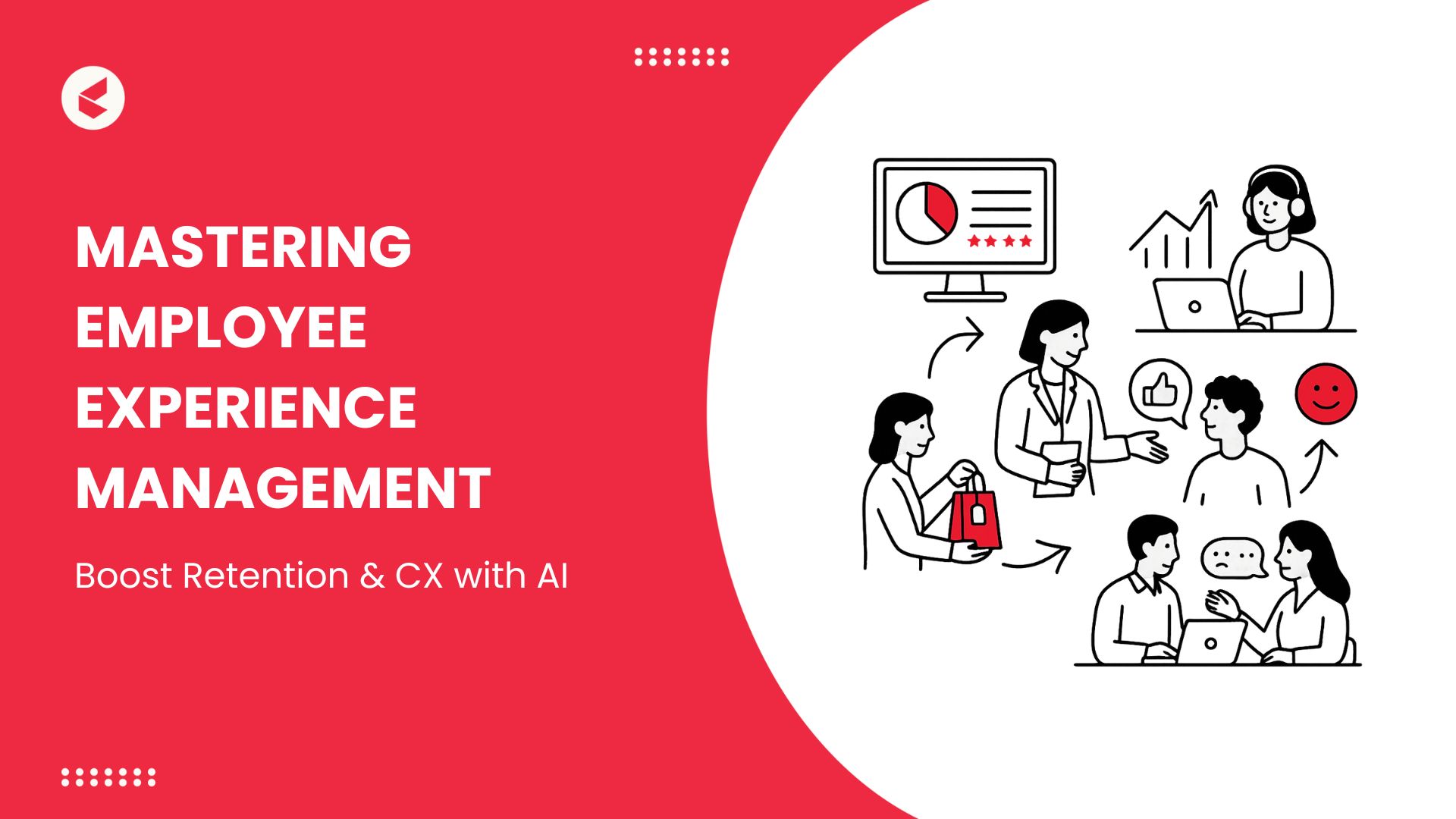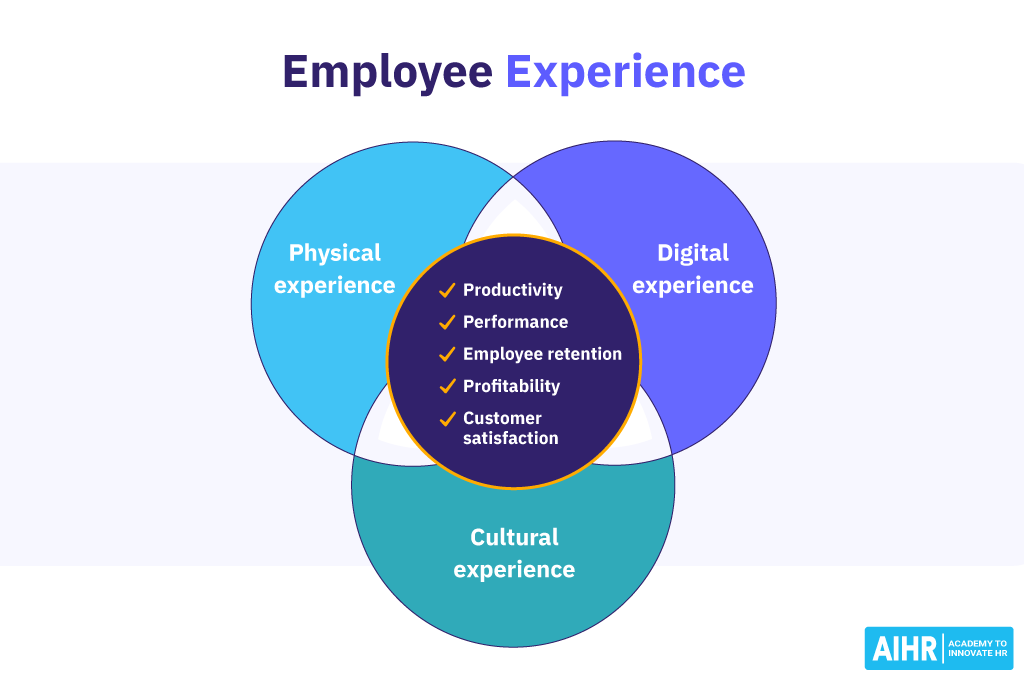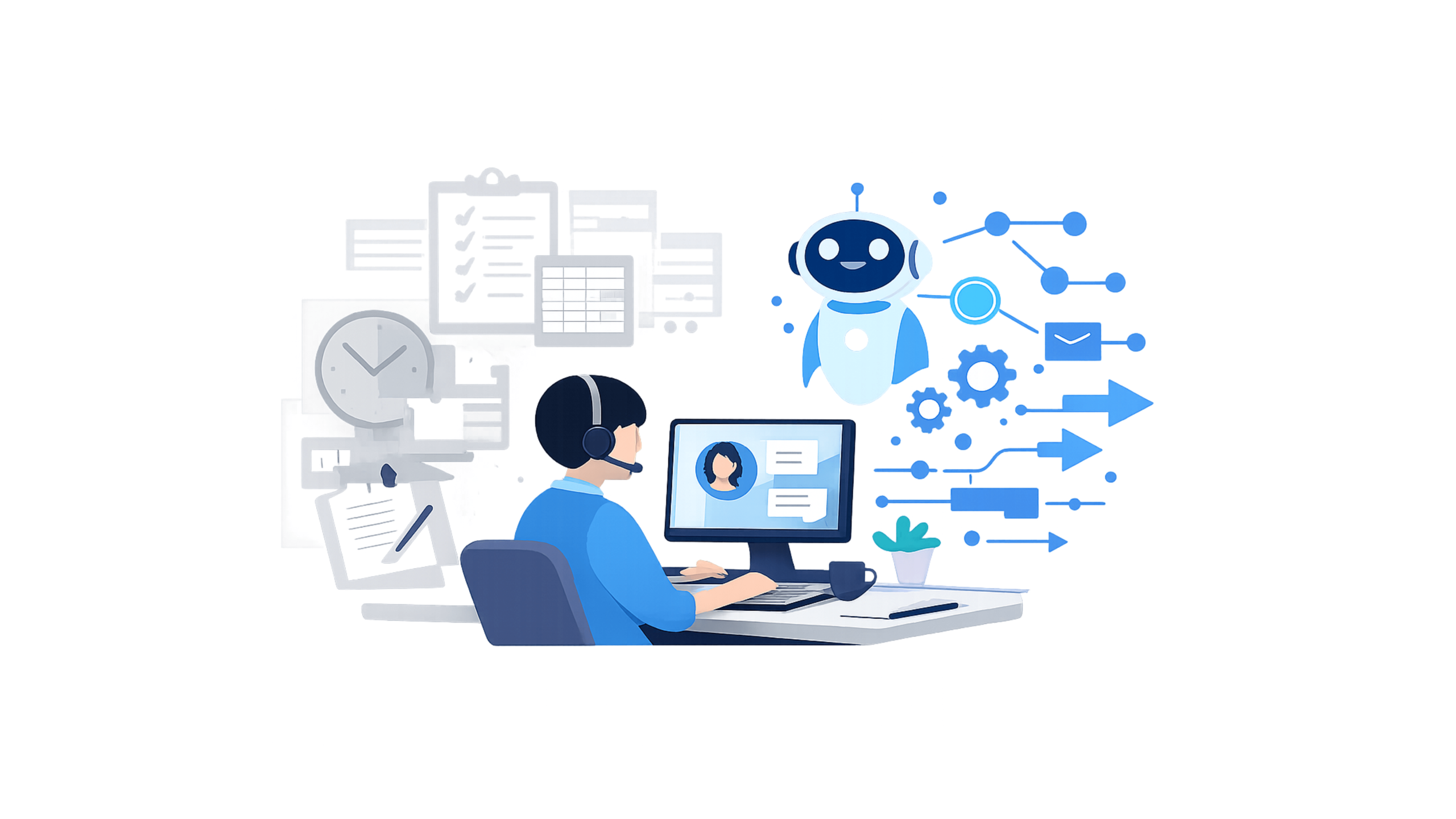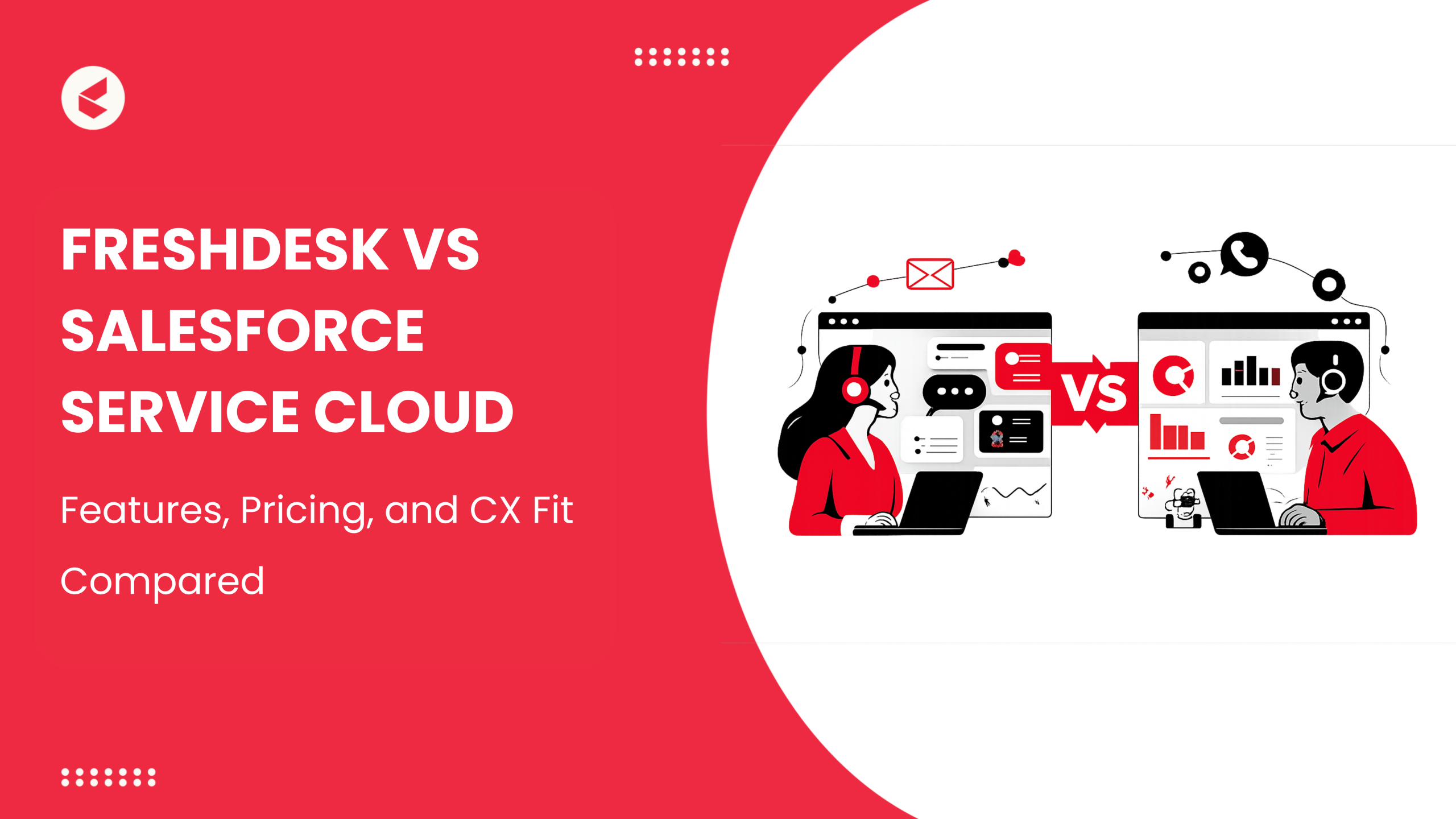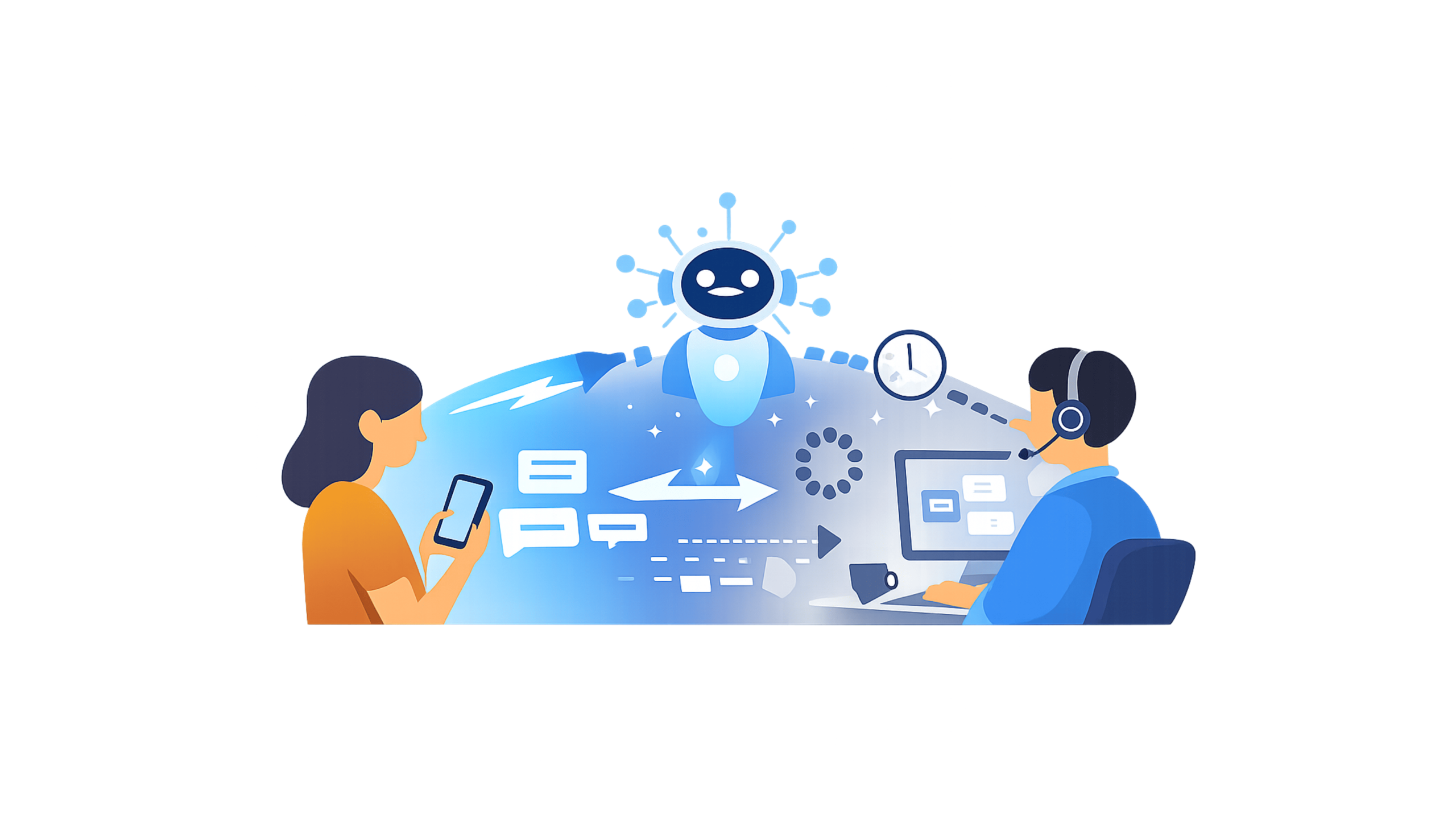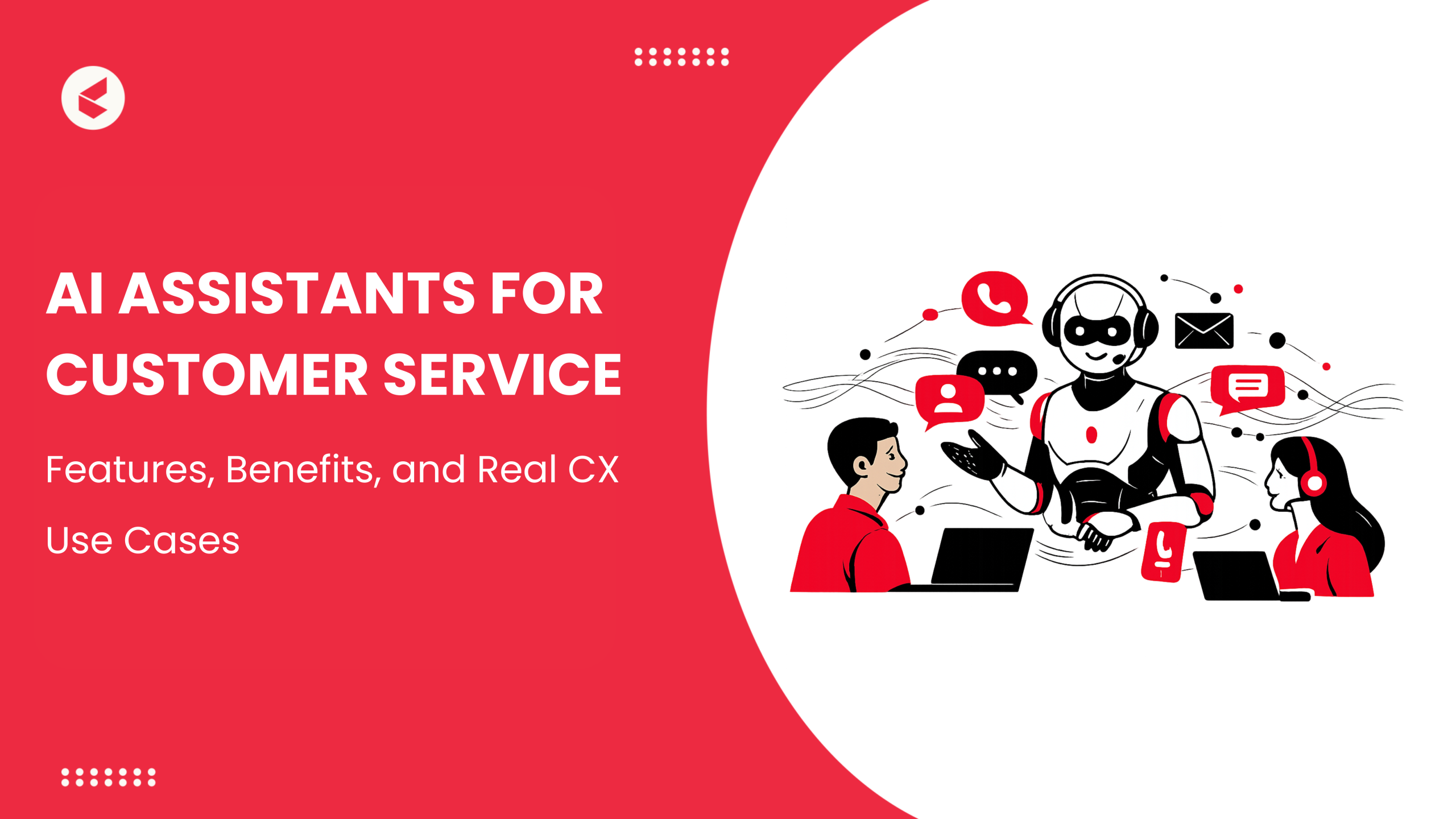In 2025, leaders are increasingly realizing that how employees feel at work has real consequences for hiring, retention, and performance.
Employee experience management covers everything, from that first job ad someone sees to their onboarding, daily work life, and even how they leave.
About 84% of organizations state that employee perceptions of the workplace are considered important for attracting and retaining staff (Zendesk EX Trends Report).
Companies aim to create workplaces where employees feel supported. When people don’t feel this way, they often leave. This can mean losing knowledge, spending more on hiring, and hurting team morale.
Managing the employee lifecycle, including recruitment and daily operations, is a holistic approach for supporting engagement, satisfaction, and employee loyalty. That’s the heart of a solid employee experience strategy.
Technology is changing the game here, too. AI is useful for understanding what employees might need. In fact, integrating gamification for employee engagement (such as point systems, leaderboards, or progress tracking) can amplify the effect of AI-prompted interventions. AI can spot when someone is at risk of disengaging and trigger tailored support — like nudges for managers to check in, wellness resources, or personalized growth just in time.
The best part? AI may assist in identifying employee needs and potential retention risks while enabling support at scale. But relying on AI alone is insufficient. Transparency regarding its use and efforts to maintain trust are also important.
Therefore, it’s key to boosting how well teams perform, keeping them around longer, and delivering better experiences for customers. Let’s find out what employee experience management really involves, why it matters, and how to approach it.
What Is Employee Experience Management?
Employee experience management focuses on all stages of an employee’s journey within the company. This begins before the first day, including the application and hiring stages. It also includes onboarding, daily work, and the exit phase.
However, attention should be given to more than just major steps, such as hiring and exit interviews. Smaller interactions are also important.
Employee experience management often includes welcoming new employees, delivering consistent training, supporting career development, and ensuring respectful offboarding practices. The aim is to maintain interactions that are consistent and aligned with established organizational values.
Employee experience management usually covers four main areas, including –
- Culture – Focuses on creating a workplace with trust, recognition, and a clear sense of belonging
- Environment – Includes how physical spaces are set up and what digital tools are available so people can work flexibly and feel included
- Technology and Tools – Should be easy to use and actually help people get their work done without extra hassle
- Feedback and Analytics – Includes the regular collection of employee feedback through surveys, the review of engagement metrics such as Employee Net Promoter Score (eNPS), and scheduled discussions to assess overall conditions
Why Managing Employee Experience Is Critical for Business Success
Organizations are realizing that employee experience isn’t just about satisfaction—it’s directly tied to performance, retention, and business outcomes.
Employee experience management is sometimes identified as a factor with possible links to business performance in areas like productivity, retention, customer satisfaction, and profitability. Available research suggests that organizations in 2025 are assigning increased priority to this area.
First, employee engagement and productivity are key factors –
- Gallup’s 2025 report found that only 21% of employees worldwide were actively engaged at work in 2024. This is one of the lowest levels in nearly a decade.
- The same report also states that disengaged employees cost the global economy around $9.6 trillion in productivity each year. To address this, many organizations are now adopting employee productivity software to better understand engagement trends, identify performance gaps, and create more meaningful employee experiences.
Retention is often regarded as an important outcome associated with employee experience management.
- Employee lifecycle management practices like flexible work, recognition, and career development can help reduce turnover by keeping employees engaged.
Employee experience also directly affects customer outcomes –
- Baker Tilly reports that organizations with strong employee experience are 1.8 times more likely to achieve higher customer satisfaction and retention, showing the important EX and CX connection.
Well-being initiatives are an element of employee experience management.
- Organizations often include work-life balance policies, mental health resources, and personal development programs to support employees in their roles and overall satisfaction.
Finally, the link between employee experience and customer experience is well established –
- iSolved’s 2024 survey found that 90% of employees believe their experience directly influences the quality of customer interactions.
- 91% of HR leaders identified employee experience as a clear business priority.
These points reflect that an employee experience strategy with engagement tools and lifecycle management can be part of organizational planning aimed at longer-term objectives.
Key Components of Effective Employee Experience Management
Elements often associated with employee experience strategy include culture, communication, tools, feedback, and leadership. It is generally understood as an ongoing process rather than a single task to complete. AI can help here by making experiences more personal and responses faster.
1. Culture
Maintaining a defined organizational culture has gained attention with the increase in remote and hybrid work arrangements. Companies may invest in systems and daily practices intended to reflect their stated values. Building trust, encouraging inclusion, and sending consistent messages help employees feel like they truly belong.
2. Communication
Good communication is key. It keeps everyone aligned and builds trust. Smart communication plans make sure employees get the right info at the right time, things like updates on wellness programs, company goals, and what’s expected. When communication is regular and open, people stay engaged and feel informed.
3. Tools and Technology
Reliable and user-friendly technology is considered important in supporting employee tasks. An integrated digital workspace aims to ensure that tools function together effectively to facilitate work processes. Features like smart workflow suggestions and reminders that fit each person can make the tech feel really useful instead of frustrating.
4. Feedback and Analytics
You’ve got to listen to employees if you want to improve. Pulse surveys, sentiment tracking, and lifecycle surveys give leaders a good sense of how people are doing. AI analytics can spot patterns or problems early on so managers can step in before small issues get bigger.
5. Leadership and Development
Leaders have a huge impact on how employees experience work. When managers actually live out the company’s values and back up their teams, it changes things for the better.
Training helps them keep on top of culture and what matters for employee experience. These days, AI tools can pitch in too, matching folks with mentors, pointing out good development paths, and making it easier to give recognition where it’s due.
Continuous Improvement Across Every Channel
Employee experience management isn’t a task you tick off your list and forget. It’s something that needs constant attention and care. Organizations should regularly step back and look at every part of the employee journey.
The Role of AI: Enhancing Personalization and Responsiveness
AI plays a crucial role in making the EX more personal. It can adjust workflows as needed, send relevant messages, and shape development plans for each person. Plus, it spots when someone might be at risk of leaving, giving managers a chance to respond early.
Understanding the Employee Lifecycle
The employee lifecycle is the full path people take at work. It includes recruitment, onboarding, growth, retention, and exit. Each one changes how employees see the company. It affects engagement and loyalty.
1. Recruitment
This starts before anyone applies. Branding, job ads, and the overall process shape first impressions. Being clear and genuine helps get the right candidates and lowers the chance of losing them midway. Recruiters can easily enhance this process by using one-way interview software, skill assessments, and resume parsing to ensure only the most suitable candidates move forward.
2. Onboarding
It sets the tone early. Good plans, mentoring, and clear orientation help people know their role and feel part of the culture. When done right, it builds confidence, speeds up learning, and reduces early exits.
3. Growth and Development
Employees need chances to learn, get feedback, and plan their careers. AI tools can suggest learning options and match mentors to make development personal.
4. Retention
Keeping employees engaged, valued, and balanced is key. Managing them well cuts turnover and saves on the cost of hiring replacements.
5. Exit
Everyone leaves at some point. A respectful, clear exit process protects the company’s reputation. It can also help build alumni networks that might help later.
Moments That Shape Employee Perception
Key moments throughout the lifecycle leave lasting impressions, including –
- The clarity and honesty of job previews during recruitment
- Support and communication during onboarding
- Timely performance reviews and 360-degree feedback
- Opportunities for recognition and flexibility during retention
- Transparent and respectful exit processes
Look at each stage to find where issues show up. This helps HR see patterns behind disengagement or people leaving.
Finding Bottlenecks and Drop-Offs
AI helps spot these trouble areas –
- Recruitment – Checks data to see where candidates drop off, to understand why there are fewer applications despite views
- Onboarding and Growth – Watches feedback and training progress to see where help is missing
- Retention – Flags early signs like quiet participation or less communication, so managers can step in early
Building a Strong Employee Experience Strategy
A good employee experience strategy gives you a clear plan. It helps shape culture, aligns with business goals, and creates meaningful moments throughout the employee journey. You need clear goals, solid planning, and regular check-ins to keep improving. Here’s how to do it –
Step 1: Begin with Assessment and Goal Setting
- Start by collecting data. Pulse surveys, exit interviews, and casual check-ins can show how people feel and where things fall short. Infeedo found that just 18% of workers say they’re very happy, which shows why this step matters.
- Set SMART goals. Make sure they’re specific, measurable, achievable, relevant, and time-bound. Examples: increase eNPS, lower turnover, and improve how managers and teams work together.
Step 2: Define the Pillars of Your Strategy
A strong strategy usually includes these essential elements –
- Bring company values into daily work. Emphasize building an intentional culture. Use tools like Sage People to make company values clear. This helps build trust, even with remote and hybrid teams.
- Hold regular one-on-one meetings, team discussions, and town halls. This keeps communication open. Leaders should be transparent and show empathy.
- Invest in technology that is reliable and easy to use. Sociabble suggests including well-being resources and learning tools in daily systems to improve engagement.
- Encourage regular feedback through pulse surveys and recognition programs. WTW research shows that 75% of employees who feel recognized are more likely to stay.
- Managers should listen, support career growth, and model company values. Strong leadership is important for a positive employee experience.
Step 3: Create a Detailed Implementation Roadmap
- Develop a phased plan with clear priorities and timelines. Medallia notes that 72% of successful organizations involve managers early in planning.
- Define and track success using eNPS, engagement scores, training completion rates, well-being measures, and retention data.
Step 4: Nurture a Cycle of Learning and Adaptation
- Review results often. Adjust when new insights appear. Acting on employee feedback can improve culture, engagement, and retention.
- Keep tools, communication, recognition, and well-being programs current. Make sure they meet employee needs.
Step 5: Embed AI Thoughtfully
Use AI to review feedback, spot changes in sentiment, suggest personalized learning options, and catch early signs of burnout or turnover risk. It’s important to apply AI carefully, with transparency and human oversight, especially in sensitive areas like well-being and performance.
Tools and Technology for Employee Experience Management
Modern platforms are key for creating a smooth and engaging employee experience. Systems that bring together feedback, engagement, onboarding, and analytics help organizations cut down on friction and respond to issues more quickly.
1. Tools for Feedback and Engagement
If you want employees to actually speak up about how things are going, you need tools that make it easy. Officevibe and Qualtrics XM are good examples. They use quick surveys and check-ins, plus ways to recognize people’s work, so managers can tell when engagement is slipping.
However, Kapture EX takes it a step further. It uses AI to get a sense of how employees are feeling. It can also handle surveys automatically and send alerts when something needs attention. This gives managers a chance to spot issues early and take action before they turn into real problems.
2. Technology for Streamlined Onboarding
Effective onboarding tools automate essential tasks: account setup, documentation, and FAQ responses. Solutions used by brands such as Hitachi and Texans Credit Union have reduced onboarding timelines significantly.
Similarly, Kapture’s platform has reported cutting onboarding cycle times by 50%, using AI-driven provisioning and AI-powered agents to help new hires get up to speed in just a few days instead of several weeks.
3. Analytics for Employee Engagement
Analytics tools track employee sentiment and participation from day one through exit. Dashboards show sentiment trends, topic themes, and usage rates across teams. Kapture offers detailed analytics, covering ticket volumes, adoption trends, and workflow performance to help leaders spot bottlenecks at scale.
4. Unified Platforms for EX Management
Multiple tools are often used for surveys, onboarding, ticketing, and analytics within organizations. The result? Contribute to fragmented data and challenges in generating insights.
An integrated system such as Kapture is designed to include feedback, recognition, onboarding support, and analytics within a single platform. This design aims to improve data consistency, streamline training, and support a unified experience.
5. CX Tools Supporting EX
Tools originally designed for customer experience can also serve employees. For example, Kapture incorporates AI agents, unified dashboards, and conversational workflows to manage both customer service and internal employee tasks.
Role of AI in Modern Employee Experience Management
Managing how employees feel at work isn’t simple, especially as companies get larger and roles become more varied. AI is becoming a helpful tool here, giving organizations better ways to understand what people need, spot problems early, and respond faster.
Here’s the role of AI in modern employee experience management:
1. Personalized Development and Mentorship
An AI-enabled HRMS solution includes powerful features such as generating personalized learning paths, identifying the right mentor matches, and delivering real-time feedback to boost employee development and engagement.
2. Predictive Analytics for Retention
AI tools are applied to performance data, engagement surveys, and other feedback to identify patterns related to employee turnover. HR teams receive early alerts that help them take action before issues result in turnover.
3. Improved Internal Service Delivery
Virtual assistants with AI features are used in HR for activities that involve responding to common questions, managing onboarding documentation, and handling payroll queries. Integration with payroll software further streamlines salary processing and ensures employees receive timely responses to compensation-related questions.
4. Sentiment Monitoring
AI can review internal communications and survey responses to track employee sentiment and highlight possible signs of burnout. This monitoring supports awareness of workplace dynamics.
5. Ethical Use and Oversight
AI use in HR includes aspects such as fairness, transparency, and bias. Attention to policies, human oversight, and communication practices is often noted in discussions of these systems.
EX vs. CX: How Employee Experience Fuels Customer Experience
Employee experience (EX) and customer experience (CX) are deeply connected. Organizations that invest in one often see gains in the other—because happy employees create happy customers.
1. Employee Engagement drive Loyalty
Engaged employees deliver better service and foster stronger customer relationships. According to Gallup (2025), companies with high employee engagement see 23% higher profitability and 10% more customer loyalty.
2. Frontline Feedback Reveals Hidden Insights
Customer-facing teams often spot issues and opportunities early. Their feedback helps improve workflows, refine service delivery, and proactively solve problems.
3. Unified Data = Smarter Decisions
Linking employee and customer experience data gives leadership a clearer view of what’s working—and what’s not. This alignment improves service quality, resource allocation, and internal processes.
4. Shared Tools Enhance Both Experiences
Technologies like chatbots, workflow automation, and sentiment analysis aren’t just for customers. They’re now being applied to employee support too—automating FAQs, onboarding, and HR requests.
5. One Platform, Shared Purpose
When EX and CX are managed in silos, gaps form—between teams, tools, and goals.
A unified platform connects HR, support, and operations with shared insights. This fosters better alignment, quicker decisions, and more consistent service.
For example, when frontline employees access real-time customer feedback, they can adjust their approach instantly. Likewise, customer trends can inform training and recognition, creating a cycle of continuous improvement.
Measuring Employee Experience Effectively
Employee experience measurement is used to review current practices and identify areas for potential change. Emphasis on specific metrics and ongoing tracking is described as supporting organizational awareness and planning.
1. Employee Net Promoter Score (eNPS)
eNPS asks employees about their likelihood to recommend their workplace to others. It is calculated by subtracting the percentage of detractors (scores 0 to 6) from promoters (scores 9 to 10).
Higher eNPS values have been associated with indicators of employee engagement and retention. This metric is often selected for its relative ease of administration and interpretation.
2. Engagement Score
Engagement scores reflect employee sentiment gathered through survey questions on areas such as trust, purpose, and well-being. According to Gallup, teams with lower engagement can see turnover rates that are 18% to 43% higher compared to highly engaged teams.
3. Retention Metrics
Turnover, new-hire retention, and average tenure are metrics related to stages in the employee lifecycle. These metrics are commonly used for assessing potential financial considerations.
4. Real-Time Tracking Over Annual Reviews
Annual surveys may not capture emerging issues in a timely manner. Tools such as Moveworks Employee Experience Insights process support request data to identify patterns related to service or morale.
5. AI Reveals Hidden Trends
AI-enabled platforms are used to examine trends that may not be apparent in basic survey data. Kapture EX uses AI to help spot things that regular surveys might miss. It uses feedback and support request data to identify burnout risks, morale levels, and workflow issues for HR review.
Unlike generic HR tools, Kapture EX combines customer-centric insights with employee data, helping organizations link EX to business outcomes. With built-in automation, sentiment tracking, and AI-powered feedback loops, it supports real-time decision-making across teams—without needing to juggle multiple platforms.
Final Thoughts: The Future of Employee Experience Management in 2025 and Beyond
Employee experience will keep growing in importance over the next few years. With hybrid work sticking around, companies will need to make sure their values show up in daily interactions and that teams stay connected no matter where they work.
Wellness and mental health will also be bigger priorities. Offering flexible schedules and supporting growth can help keep morale and productivity strong. There’s also a shift from simply tracking hours to paying attention to employee energy, with data helping spot workload problems and burnout risks.
As AI gets used more for things like coaching, reviews, and retention planning, companies will need to be clear, fair, and open about how they use it to keep employee trust.
It’s hard to keep things consistent when feedback, onboarding, and analytics all live in different systems. Kapture EX puts everything in one place so you can better understand what employees need and make their experience smoother.
Consider booking a personalized demo to see what it can do for your team.
FAQs
eNPS, engagement surveys, and retention rate are some of the metrics that help track how employees feel and where costs come up during their time at the company.
AI is sometimes applied to identify trends less apparent in basic reporting. It may review survey responses, observe changes in morale, and highlight risks such as burnout or attrition through analysis of feedback and support data.
Responsible use of AI in this context is discussed in relation to the transparency of data collection and usage. Employee involvement, review for potential bias, and human oversight in performance and well-being processes are also mentioned.
